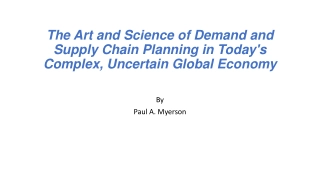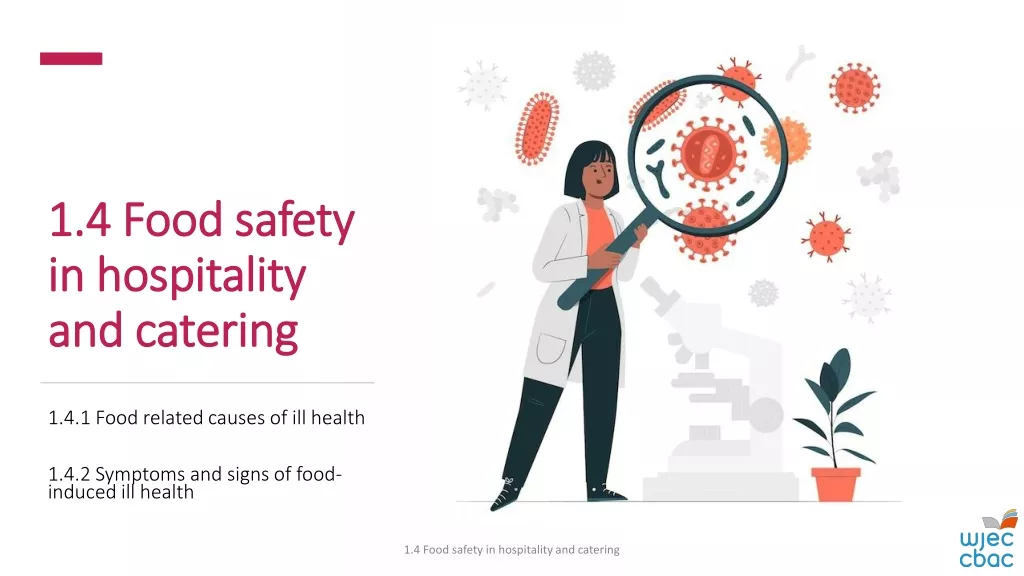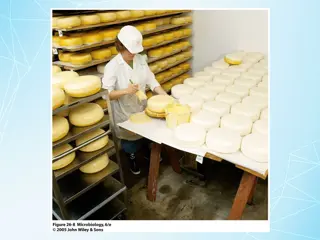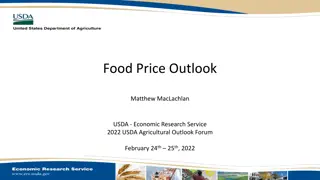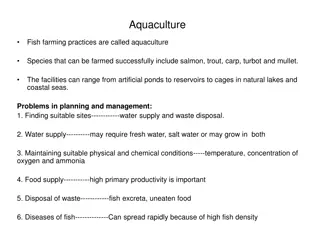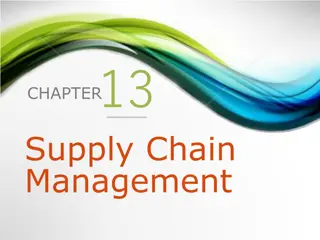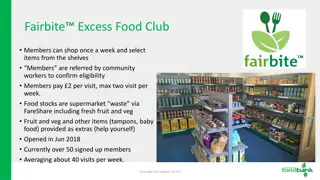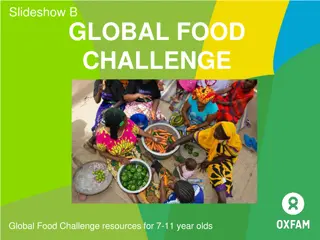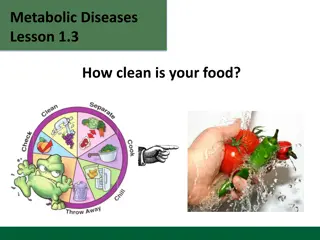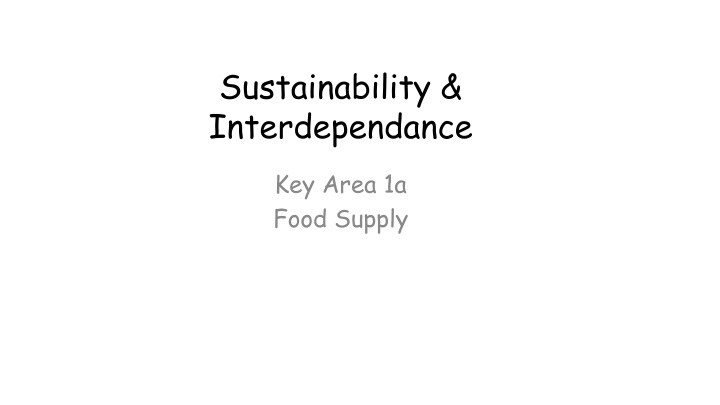
Food Security and Sustainability in Human Population Growth
Explore the importance of food security and sustainability in the face of a growing human population. Learn about key concepts such as access to quality food, sustainable food production, and the challenges faced in ensuring food security. Discover how these factors impact the future of our planet and the well-being of human populations.
Download Presentation

Please find below an Image/Link to download the presentation.
The content on the website is provided AS IS for your information and personal use only. It may not be sold, licensed, or shared on other websites without obtaining consent from the author. If you encounter any issues during the download, it is possible that the publisher has removed the file from their server.
You are allowed to download the files provided on this website for personal or commercial use, subject to the condition that they are used lawfully. All files are the property of their respective owners.
The content on the website is provided AS IS for your information and personal use only. It may not be sold, licensed, or shared on other websites without obtaining consent from the author.
E N D
Presentation Transcript
Sustainability & Interdependance Key Area 1a Food Supply
Learning Intentions By the end of this topic you should be able to: State that the human population is increasing. State that there is concern about the ability of human populations to access food of sufficient quality and quantity. Explain why food production must be sustainable. Explain why food production must not degrade the natural resources on which agriculture depends. Define a cultivar (cultivated variety) as a plant or group of plants selected for desirable characteristics and easily propagated. Explain how plant breeders have developed plants with resistance to pests and diseases. Explain why livestock produce less food per unit area than plant crops in terms of loss of energy. State that there are fewer energy losses in food chains that have fewer trophic levels.
Food Security The human population in currently growing. The present human population is: http://www.census.gov/popclock/ Food security is the ability of human populations to access food of sufficient quality and quantity
File:World-Population-1800-2100.svg United Nations estimate of how the human population could increase Feeding over 7 billion people requires a sufficient and sustainable supply of food. This makes food security a massively important subject for the future of the human race.
Food security Food security is defined as: Access (both physical and economical) to food of adequate quantity and quality by human beings This can refer to a small group (eg household) or a large group (eg country)
Food security Sufficient food must be available at all times Food is sufficiently nutritious and varied to provide a balanced diet Quantity Quality Food security Access People have economic means to obtain the available food
Aspect of food security Note Availability Existence of food in sufficient quantities and of appropriate quality Sufficient economic and infrastructure resources to access available food resources Level of nutritional knowledge needed to use food resources properly Degree to which food security can be guaranteed over extended time periods Accessibility Usage Sustainability
Sustainability With an ever increasing human population, the green revolution (1960s) of producing food depended on the heavy use of fertilisers, pesticides, intensive crop farming which all eventually lead to a degradation of the environment (land and water supply).
Sustainability Newer methods are required to make food production more sustainable without degrading the natural resources on which agriculture depends: Increased plant productivity Manipulation of genetic diversity
Improving yields As the area of land suitable for growing crops is limited, increased food production will depend on factors that control photosynthesis and plant growth: 1. Add minerals (fertiliser) or water (irrigation systems) to remove factors which may be limiting plant growth. 2. Replace existing strains of crops with a higher-yielding cultivar (cultured variety). 3. Protect crops from pests (e.g. insects), diseases (e.g. fungi), and competition (from weeds) by using pesticides, fungicides and herbicides. 4. Develop pest-resistant crop plants.
Breeding higher yield cultivars Will increase yield, but some require more intensive farming methods and are more dependent on particular soil profiles and nutrients Pests Decrease yield, either by feeding on crops or by making the plant less healthy Competition Weeds or too dense planting will slow growth Food Production Disease Decrease yield as the plant is less healthy. May also produce food that is unsuitable for eating Soil nutrients Plants need specific nutrient profiles. Some may need to be added using fertlisers. Can also use crop rotations Soil profile The depth of soil / drainage etc will determine what type of crop you can grow
Agricultural production Cereals Root crops The earth possesses 75,000 edible plant species, yet we depend on a few to produce 95% of what we eat. Maize Potato Rice Cassava Soya bean Legumes
Improving yields All food production is ultimately dependent on photosynthesis. Examples of crops used for food include cereals, potato, roots and legumes. Breeders seek to develop crops with: Higher nutritional value Resistance to pests and disease Physical characteristics suitable to rearing and harvesting The ability to thrive in particular environmental conditions
Productivity of arable land Energy is lost from food chains in the following ways: Only 10% is incorporated into body tissues Undigested food and waste Maintaining body temperature Movement
Energy is lost from a food chain through death and decay but not from the food web as the decomposers can still use this as energy
As you move along a food chain, energy is lost between each trophic level and the next. 90% energy lost 90% energy lost Cereal plant Farm animal Human 10% energy passed on 10% energy passed on As a result of this loss of energy, livestock production generates far less food per area of land than plant production.
Shorter food chains have much less loss of energy: 90% energy lost 90% energy lost Cereal plant Farm animal 10% energy passed on 1,000 kJ Human 10% energy passed on 100 kJ 10,000 kJ 90% energy lost Cereal plant Human 10% energy passed on 1,000 kJ 10,000 kJ
Productivity of arable land Arable land planted with crops produces far more food than the same land planted with grass to feed livestock. However, not all land can be planted with crops.
Use of Land Not all land is suitable for the growth of crops. Rocky hillsides, mountainous areas, tundra are all areas where crop growth is not successful. In these conditions it is more productive to grow livestock than crops

